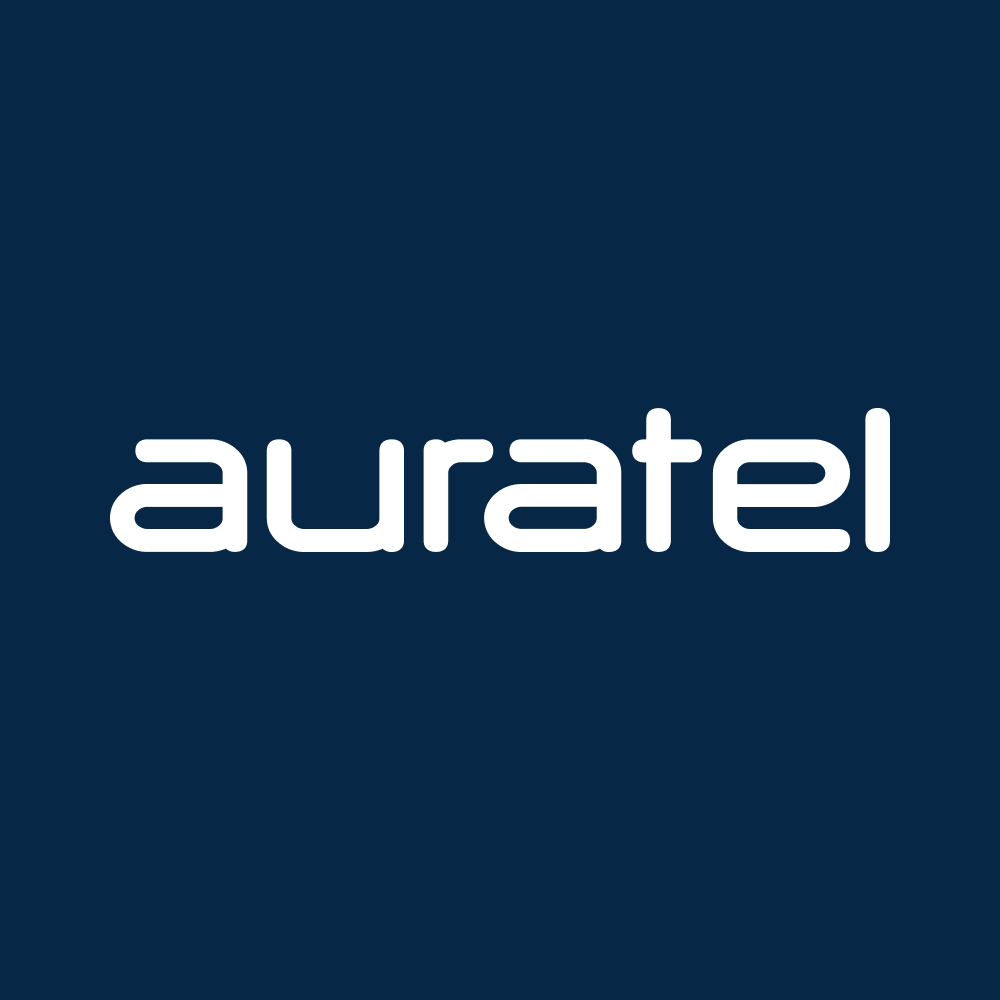How we built a mobile business ecosystem for major Swiss telecommunication expert


The Client
Auratel is an SME company active in the mobile business market (B2B). As a joint venture, they develop a Device as a Service (DaaS) solution – FleetCtrl. It helps organizations source, store, and manage Telecom products with subscription plans, devices, and other related services. These workflows are partially covered in a legacy system called E-delivery.
Project Goal
We aimed to substitute multiple legacy systems with a FleetCtrl ecosystem of digital products, ensuring central administration & corporate Telecom products processes automation. Thus, we created a single workspace so that businesses, partners, and clients can use mobile fleet management based on a no-code platform.
The Process
We’ve been working closely with the client and their partner Inventify — a B2B company that offers Platform as a Service through no-code development.
Initially, our team improved the E-commerce checkout process to show the client our product experience. We then built a new product with a design-driven approach to define requirements, build better-informed technology solutions, and increase the processes’ maturity levels. Heuristics and the best E-commerce practices allowed us to create an ecosystem that brings together employees and team leaders within one organization and connects them with partners who provide various services (e.g., repair centers, suppliers).

The MVP has been delivered in 2 months!
The collaborative team used an agile phase-based approach, worked in design sprints, and exercised flexibility.
In the first phase, the team gathered ideas to establish features and functions to help us solve the issues with completing daily tasks, handling workflows offline and having limited device management functionality. We also aimed to allow users to “painlessly” resolve issues themselves. So we have focused on recreating the workflows from the E-delivery legacy system to the new solution with preserved E-delivery functionality, design language and other features.
We delivered the entire product concept, clickable prototype, user interface, and most crucial processes that conveyed value to investors and allowed the future design solution testing in two months’ time. With the above complete the customer was ready to enter into contracts and prepare its market launch.

The first prototypes have been delivered within several weeks which allowed us for testing the future solution with clients and prospects and thus speeding up the projects. The detailed designs are of very high quality, allowing us to efficiently implement the new solution.
Close collaboration with developers team
In the second phase, our Product Designer planned design roadmaps in close collaboration with stakeholders and developers to ensure the feasibility of implementing designs and coverage of target groups’ needs for the first and subsequent product releases. The Product Designer conducted collaborative sessions and went through the user flows, explaining all in intricate detail. This was done to ensure that any necessary adjustments could be addressed immediately.

Suitable documentation for stakeholders
Complex enterprise projects typically involve multiple stakeholders and teams. Given such a scenario, transferring knowledge and keeping everyone aligned becomes another challenge. That is why we created detailed documentation to serve as a manual both for the customer and the development team.
Following Qubstudio best practices, our experts did a proper handover:
- Once a core flow was approved, we complemented it with different states, edge cases, and the system behavior in case of an error.
- The team described the key entities’ behavior and documented UX text for the main design components, ensuring system scalability.
- Our Business Analyst demonstrated the relationships between different actors within the system and visualized the external services’ application in the form of Use Case descriptions and sequence diagrams.
- Our Product Designer created a separate Figma file for the development team, organized the workspace, and created a table of contents to provide immediate access to the file components.
- As an advanced design tool, Figma has many intelligent features that can speed up the execution phase. We prepared and presented a “How-To” guide for developers that are new to Figma.
- Our team collected the deliverables into the ZeroHeight system single repository in order to avoid overwhelming the customers with multiple files and tools. With their intuitive navigation and file structure, accessing project information has never been easier.
The designs are clear and very helpful for our dev. team. The documentation provided is very detailed and has covered the processes in full.
Delivered value
We successfully rebuilt common inventory management workflows by joining efforts with the customer team. After our solutions, the client rethought their business model.
Initially, our team designed Web Portals for all User roles that serve as a single workspace and substituted multiple legacy systems. We then explored a new monetization strategy for acquiring service providers as partners. Ultimately, the ecosystem of digital products gave Auratel a significant competitive advantage in the Telecom market.
As result, our design experts managed to:
- Free up time for Fleet Managers by fully delegating device management to employees
- Reduce the number of customer support requests by eliminating the complicated legacy system
- Save both time and resources by performing all essential tasks in a single workspace and adopting external services
Contact us to talk about your project and discover how an Ecosystem can ensure insights that benefit all stakeholders and customers.









